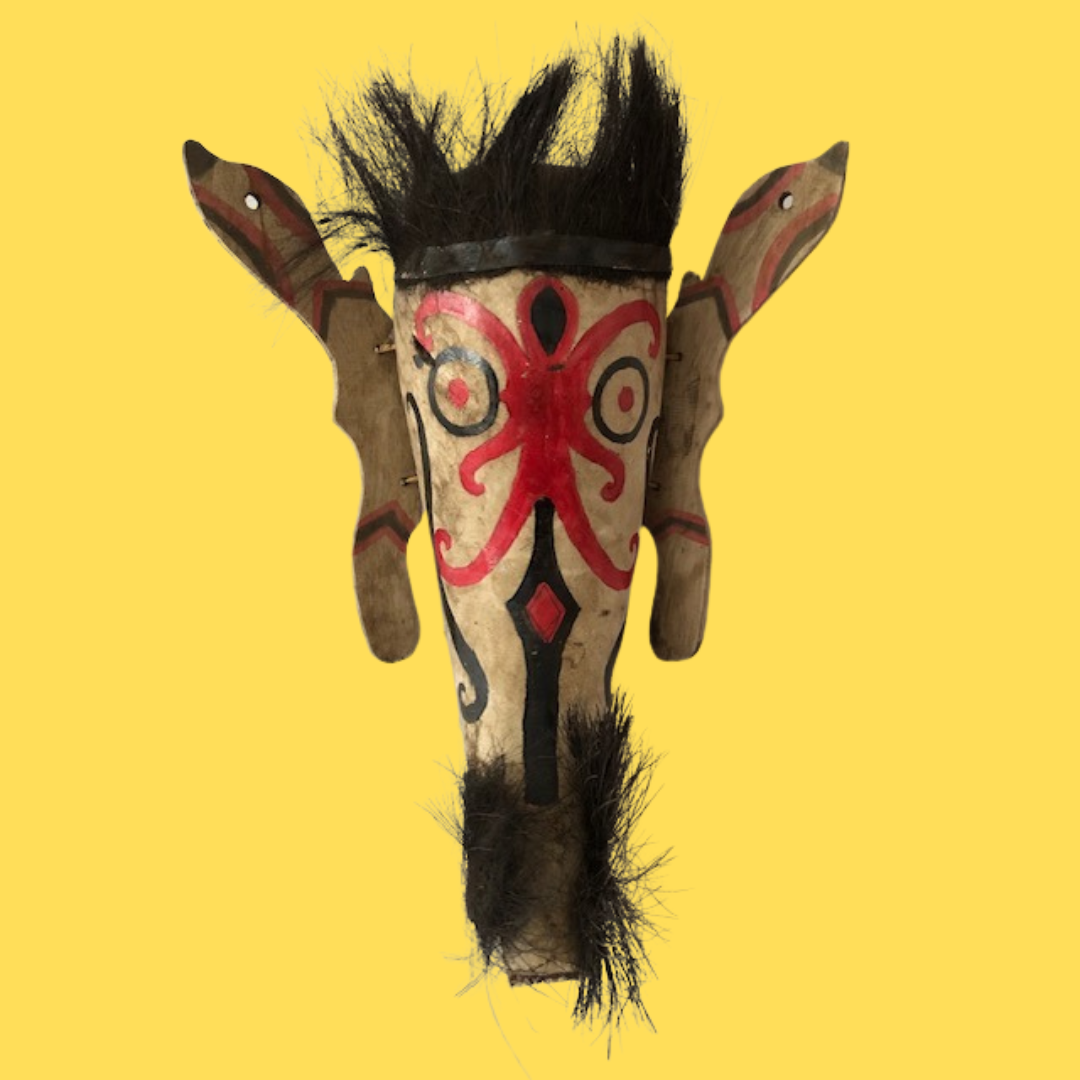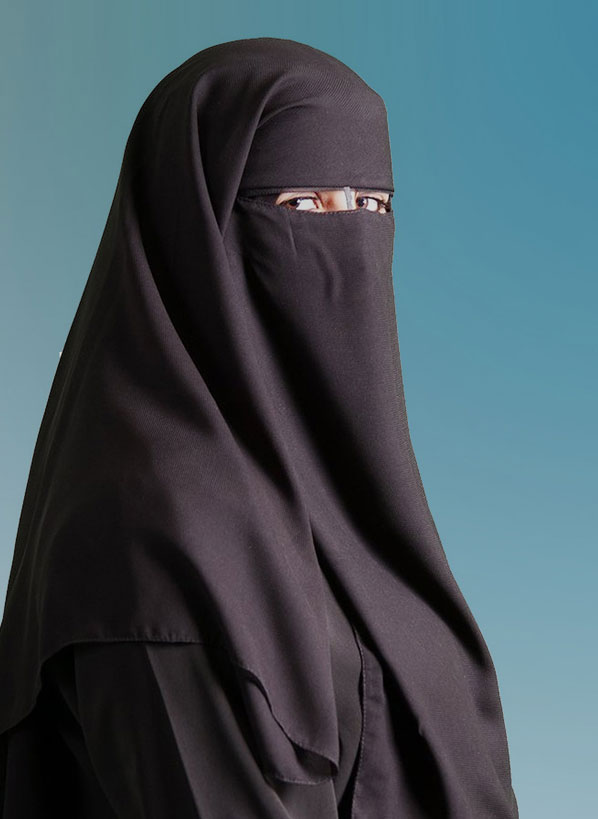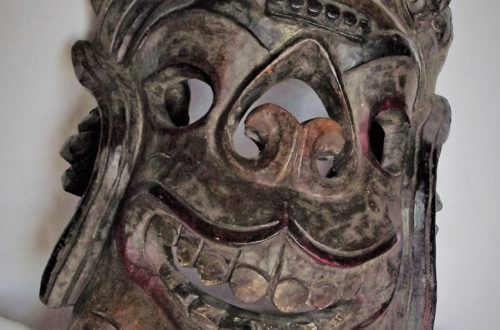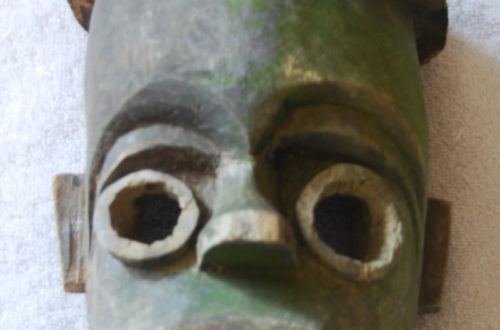In the verdant heartlands of Borneo, amidst the diverse cultural tapestry of Southeast Asia, the Dayak people preserve a tradition that is as visually striking as it is culturally significant: the hudoq mask. Known in the Dayak language as the “hornbill,” these masks are more than mere ornaments; they are profound embodiments of cultural expression and spiritual significance.
The hudoq mask is intricately linked to the agricultural rituals of the Dayak people, serving a pivotal role in festivals that mark the rice planting season. These masks are traditionally worn by dancers who perform to drive away malevolent spirits from the crops, ensuring a bountiful harvest. Beyond their agricultural significance, these masks are also used to honor esteemed guests, reflecting the community’s values of respect and hospitality.
Characterized by their distinctive “ears” which symbolically link them to the hornbill, a bird deeply revered in Dayak mythology, hudoq masks are a vibrant expression of artistry. The features of the mask often include exaggerated forms such as large eyes and a pronounced beak, painted in vivid colors that capture the spirit of the hornbill’s vivacity.
ABOUT THIS MASK: Authenticity and Challenges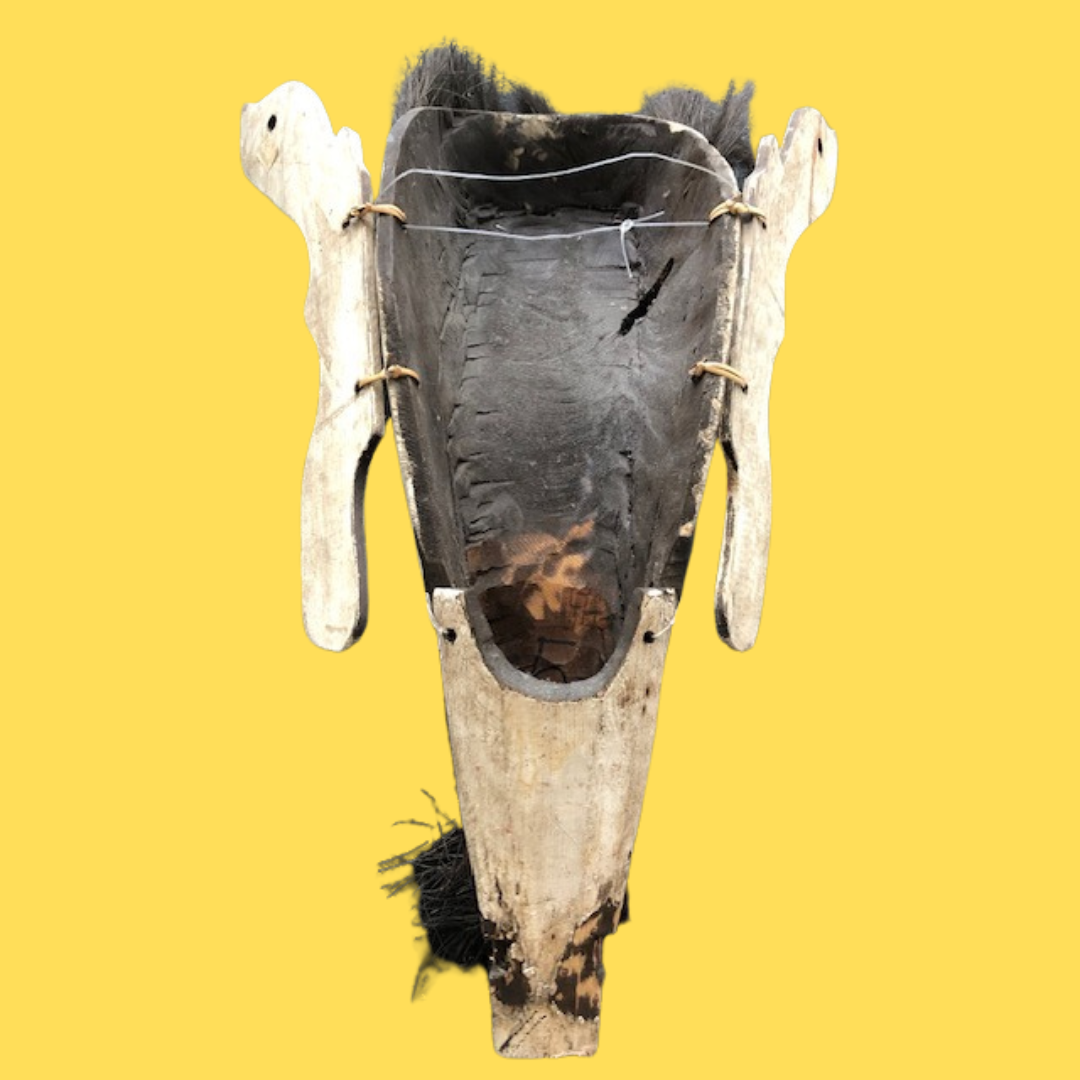
Upon close examination, certain features such as the mask’s aging suggest it has been a cherished item, possibly held within families for generations. However, the contrasting newer appearance of the mask’s posterior aspect might indicate recent interventions like cleaning or restoration. It is not uncommon for such artifacts to undergo processes that enhance their visual appeal for commercial purposes, especially as they gain popularity in the global market.
This surge in demand has unfortunately led to a proliferation of reproductions, making it challenging to discern authentic pieces from those made solely for sale. Authentic hudoq masks, crafted for traditional use rather than commercial sale, are generally considered more valuable both materially and culturally.
Cultural and Heritage Value
Despite these challenges, this hudoq mask appears to be a genuine artifact, representative of the Dayak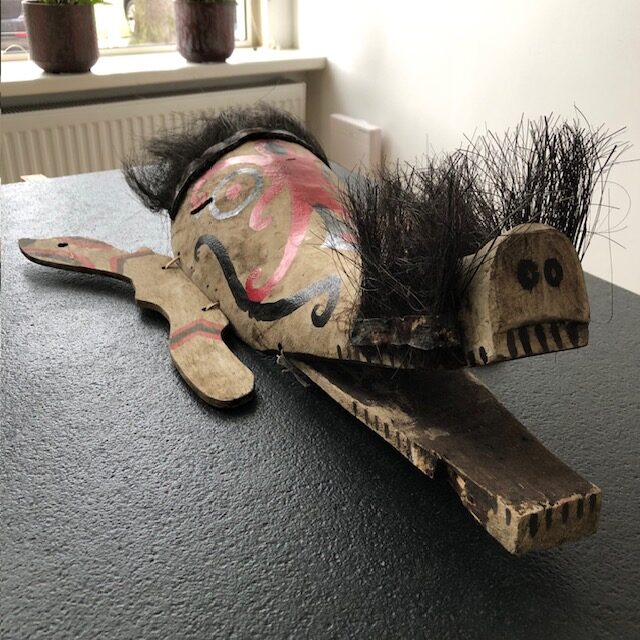 cultural heritage. Such pieces not only serve as a link to the past but also play a crucial role in educating and connecting younger generations with their heritage. They are poignant reminders of the rich cultural narratives that define the Dayak people and offer invaluable insights into their relationship with nature, spirituality, and community life.
cultural heritage. Such pieces not only serve as a link to the past but also play a crucial role in educating and connecting younger generations with their heritage. They are poignant reminders of the rich cultural narratives that define the Dayak people and offer invaluable insights into their relationship with nature, spirituality, and community life.
In conclusion, the Borneo hudoq mask is not just a decorative item; it is a vital part of the Dayak cultural heritage, rich with history and spirituality. Its presence in cultural festivals and significant gatherings underscores its importance in Dayak society, making it a revered and cherished artifact.
